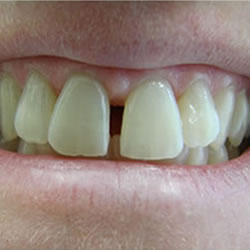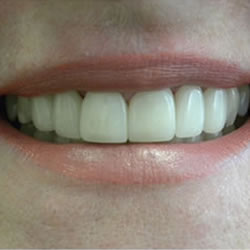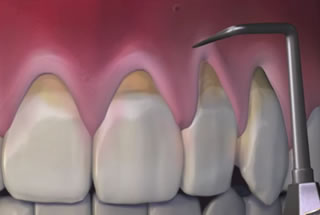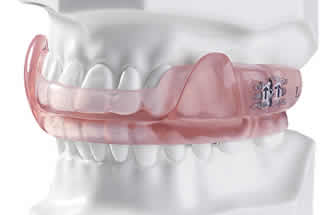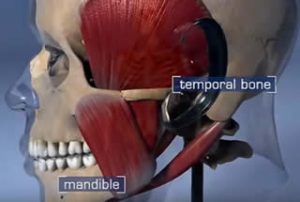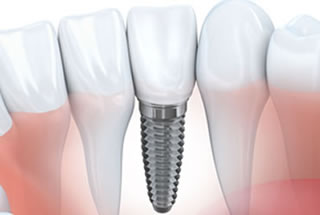Are your teeth discolored? Do you or your child have dental enamel defects or have you been told that you have weak enamel? These weaknesses don’t just lead to unsightly discoloration but they can lead to decay of the natural tooth and the presence of infection in the tooth root that can lead to a root canal treatment.
A pregnant mother’s consumption of tetracycline, a common antibiotic, or poor nutrition, especially a lack of vitamin D, calcium and phosphorus can lead to defects in the enamel of a child’s tooth. These defects are present at birth and cause problems with the aesthetics of the natural tooth as well as predisposing the affected teeth to dental cavities and root canal therapies.
Some problems, such as Amelogenesis Imperfecta, may be genetically inherited. This disorder can lead individuals to have early tooth loss, periodontal disease or root canal therapy. Enamel Hypoplasia is a condition where enamel doesn’t properly develop on a child’s forming teeth. Failure to treat this condition can have extremely negative lifelong consequences.
White, yellow or brown spots on the teeth, pitting or banding of the tooth surface, or spotted, translucent-appearing teeth, especially those that are symmetrical, can be a sign of celiac disease. Many times, it’s a visit to the dentist that reveals that the underlying cause of tooth problems is celiac disease. After any existing infection is dealt with utilizing a root canal therapy, restoration of the teeth can be completed using bonding, dental veneers or other forms of dentistry.
Children can get cavities before they can walk. Cavity producing bacteria, if left untreated, can lead to pain and extensive dental treatments, including root canal treatments. If you feel you or your child have weakened enamel or teeth more prone to needing dental care, talk to your dentist to see what you can do to keep your natural teeth healthy and to prevent the need for a root canal treatment.

 E-Mail Us
E-Mail Us  416-595-5490
416-595-5490